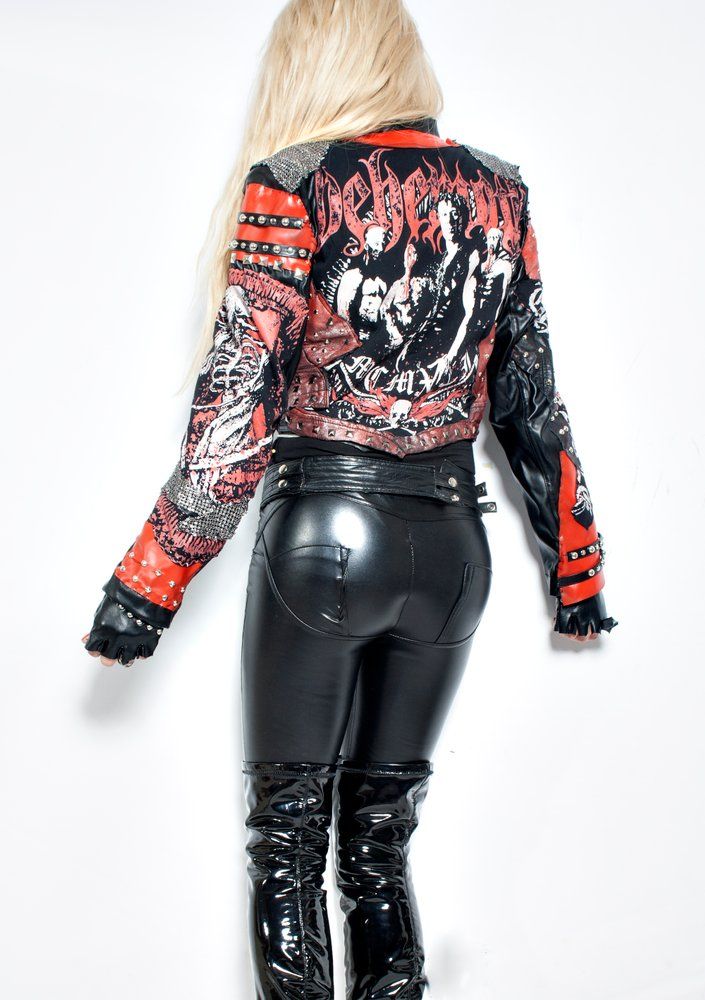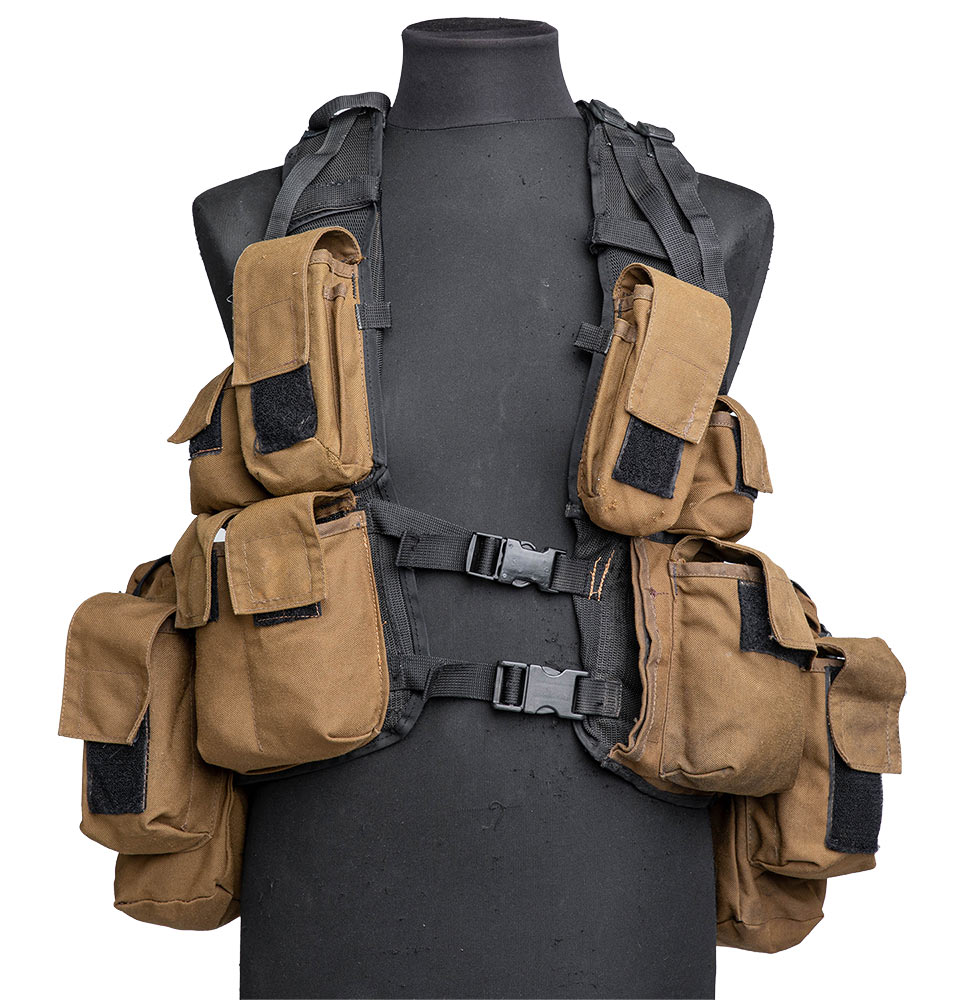

I grew up during the late nineties and early noughites when it was pretty common to just be labeled one thing, punk, goth, homie, etc.

Music also has the ability to mark personal growth or change, life stages, tastes, subcultures etc. When one becomes aware of this power, and re-arranges and recontextualises these symbols, it can open up new meanings and questions. T's an exploration of the music industry's relationship with fashion and branding, I intend to raise questions about the power of a brand, what a musician or a band means beyond the context of just their music, what they represent culturally or emotionally to people. Patches are the main decoration however, some Heavy Metal kutten have studs on them, particularly for fans of crossover hardcore-metal bands such as mid-1980s Discharge or of thrash metal. Some wearers also drape chains or other paraphernalia from the vest.Ī pair of typical heavy metal / hard rock fans proudly wearing and discussing their "battlevests".Ĭut-offs in the heavy metal scene are often adorned with patches of logos and album covers of bands, ranging in size from small square patches to large patches that fill the back panel of the vest. As part of the DIY philosophy of the hardcore punk scene, the vests may be home-repaired with heavy thread, dental floss, or safety pins, and the band logos may be put on using paint and crude home-made stencils. In addition, sleeves are more likely to be kept attached to the body of the jacket. Typical decorations are metal studs and badges (often painted-on) of bands or political causes, with cloth patches being secondary, ultimately because of the difficulty of doing the required needlework on tough leather. In punk subculture, cut-offs are often leather (but can also be denim). Punk kutten are often made from leather and heavily decorated with metal studs. coat) but that is also, in a tongue-in-cheek fashion, used for Cut-offs. The word Kutte (plural: Kutten) is a German loanword which literally references the religious habit of a Christian monk (from the Latin cotta, cf. From the mid to late 1990s, some punks and metalheads have worn multi-pocketed hunting or fishing vests, both in plain colours and camouflage patterns, and leather cut-offs-always popular with punks, and with bikers in recent decades. Thrash metal fans favored heavily washed denim, while members of one British motorcycle club bleached theirs until they were almost white. In the 1970s and 1980s, cut-offs were almost always blue denim. Cut-offs are usually made from leather or denim jackets with their sleeves removed, or cut very short, and often adorned with patches, badges and painted artwork that display motorcycle club affiliations known as colors, or alternatively band names, political affiliations, beliefs or sexual acts performed.


 0 kommentar(er)
0 kommentar(er)
